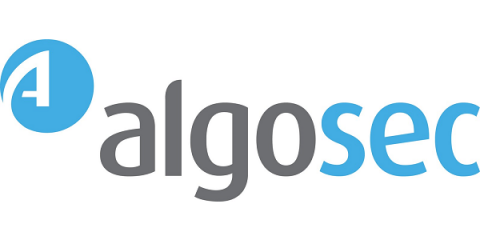Security | Threat Detection | Cyberattacks | DevSecOps | Compliance
Latest Posts
How To Prevent Firewall Breaches (The 2024 Guide)
Mitigating cloud security risks through comprehensive automated solutions
A recent news article from Bleeping Computer called out an incident involving Japanese game developer Ateam, in which a misconfiguration in Google Drive led to the potential exposure of sensitive information for nearly one million individuals over a period of six years and eight months. Such incidents highlight the critical importance of securing cloud services to prevent data breaches.
Managing the switch - Making the move to Cisco Meraki
We have worked closely with Cisco for many years in large complex environments and have developed integrations to support a variety of Cisco solutions for our joint customers. In recent years we have seen an increased interest in the use of Cisco Meraki devices by enterprises that are also AlgoSec customers. In this post , we will highlight some of the AlgoSec capabilities that can quickly add value for Meraki customers.
Achieving policy-driven application-centric security management for Cisco Nexus Dashboard Orchestrator
What is a Cloud Security Assessment? (and How to Perform One)
Compared to on-premises data storage, cloud computing comes with a lot of benefits. On-demand access to company data, flexibility, and fast collaboration are just a few. But along with these advantages come increased security risks. To manage them, companies should invest in regular cloud security assessments.
Shaping Tomorrow: Leading the Way in Cloud Security
Cloud computing has become a cornerstone of business operations, with cloud security at the forefront of strategic concerns. A significant focus within this domain is the protection of containerized environments, which are increasingly targeted in cloud-based breaches. Embracing CNAPP (Cloud-Native Application Protection Platform) is crucial, particularly for its role in securing these versatile yet vulnerable container environments.
How To Reduce Attack Surface: 6 Proven Tactics
Security-oriented organizations continuously identify, monitor, and manage internet-connected assets to protect them from emerging attack vectors and potential vulnerabilities. Security teams go through every element of the organization’s security posture – from firewalls and cloud-hosted assets to endpoint devices and entry points – looking for opportunities to reduce security risks. This process is called attack surface management.
Can Firewalls Be Hacked? Yes, Here's 6 Vulnerabilities
Like all security tools, firewalls can be hacked. That’s what happened to the social media platform X in January 2023, when it was still Twitter. Hackers exploited an API vulnerability that had been exposed since June the previous year. This gave them access to the platform’s security system and allowed them to leak sensitive information on millions of users. This breach occurred because the organization’s firewalls were not configured to examine API traffic with enough scrutiny.
14 Step Checklist for a Flawless Network Security Audit
If security policies aren’t periodically updated to meet modern threat demands, organizations risk introducing vulnerabilities into their IT security posture. Comprehensive audit reports help security leaders gain in-depth visibility into their organization’s cybersecurity strategy and assess the resilience of its network infrastructure.




